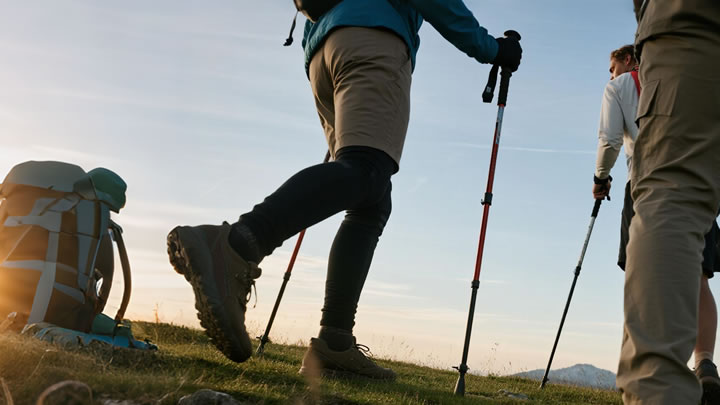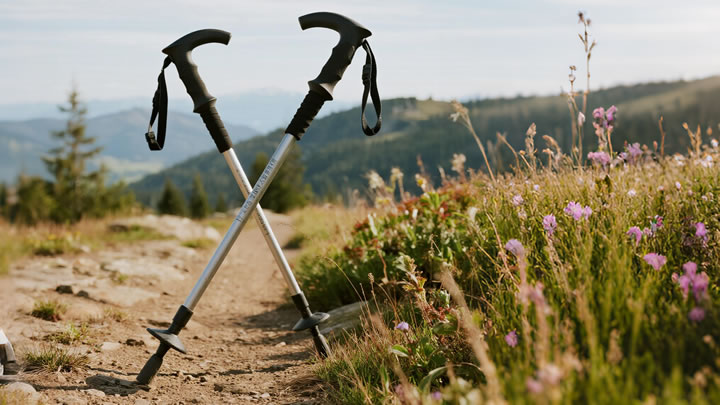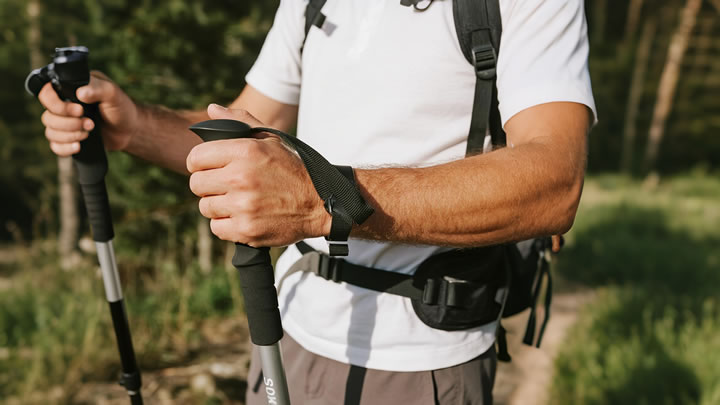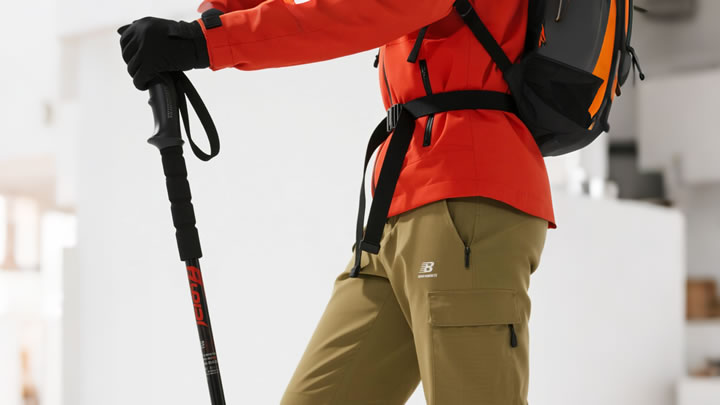Are foldable or telescopic trekking poles better?
The debate between foldable and telescopic trekking poles hinges on trade-offs between portability, adjustability, durability, and ease of use—factors that vary dramatically based on your hiking style and needs. To determine which is better, let’s break down their design, performance, and ideal use cases.
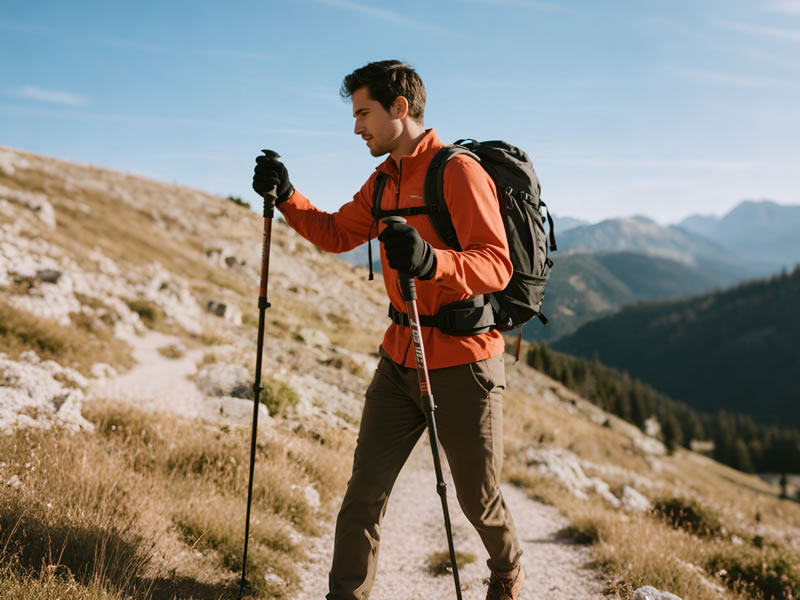
Telescopic trekking poles are the traditional choice, featuring two or three nested sections that slide into one another and lock in place using mechanisms like twist locks or lever locks. This design offers unmatched adjustability: most models can extend from 24 to 55 inches, allowing users to fine-tune length for different terrains (e.g., shorter for uphill climbs, longer for descents) or share poles with companions of varying heights. The locking systems, when well-made, provide reliable stability, even under heavy loads—a key advantage for backpackers carrying 30+ pound packs or tackling steep, rocky trails.
Durability is another strength of telescopic poles. Their fewer connection points reduce weak spots, and high-quality models (often made from 7075 aluminum or carbon fiber) can withstand repeated impacts against rocks or roots. Maintenance is straightforward, too: twist locks can be cleaned with a brush to remove dirt, and worn parts like lock washers are easily replaceable. For hikers who prioritize versatility and long-term resilience, telescopic poles are a workhorse option.
Foldable trekking poles, by contrast, are a newer innovation, designed for ultimate portability. They collapse into short segments (typically 14–18 inches) via hinges or foldable joints, fitting easily into daypacks, carry-ons, or even large pockets. This makes them a favorite among day hikers, travelers, and trail runners who dislike lugging bulky gear. Their compact size also shines in scenarios where poles are used intermittently—for example, stashing them during flat stretches and deploying them quickly for river crossings or steep descents.
Modern foldable poles have addressed early durability concerns with reinforced hinges and high-strength materials. Many use carbon fiber or 7075 aluminum to keep weight low (often under 1 pound per pole) while maintaining rigidity. However, their multi-segment design creates more potential failure points: hinges can loosen over time, and dirt trapped in joints may compromise the locking mechanism if not cleaned regularly. They also offer limited adjustability—most have fixed lengths or a narrow range (e.g., 43–51 inches)—which can be a drawback for those needing precise tweaks for diverse terrain.
Let’s compare their performance in specific scenarios. For multi-day backpacking trips with varying terrain, telescopic poles excel: their adjustability ensures comfort on switchbacks, riverbanks, and alpine meadows, while their sturdiness handles the wear of daily use. For urban travelers hiking on weekends, foldable poles are ideal—they tuck into a suitcase without taking up valuable space, and their quick-deploy design gets you on the trail faster. Trail runners, meanwhile, often prefer foldables for their lightweight feel and easy storage during sprints.
Price is another consideration. Entry-level telescopic poles start around 30,withpremiummodels(featuringcarbonfiberandergonomicgrips)costing150+. Foldable poles, due to their specialized hinges, typically start at 50,withhigh−endoptions(ultra−lightcarbonfiber)reaching200. While foldables are pricier upfront, their portability justifies the cost for those who prioritize convenience.
Maintenance needs differ, too. Telescopic poles require occasional lubrication of lock mechanisms to prevent seizing, especially after exposure to mud or rain. Foldable poles demand more frequent cleaning of hinges to avoid grit buildup, which can cause jamming. Neglecting these steps can shorten the lifespan of either design, but with proper care, both can last 5+ years.
So, which is better? It depends on your priorities. Choose telescopic poles if you need adjustability, durability for rugged terrain, or plan to use them for heavy loads. Choose foldable poles if portability and quick storage are non-negotiable, and you hike in less extreme conditions.
Ultimately, there’s no universal “better” option—only the right one for your adventures. Serious backpackers will lean telescopic, while casual hikers and travelers will swear by foldables. The best approach? Consider your typical trail, gear storage habits, and how often you’ll adjust pole length—and let those factors guide your choice.

